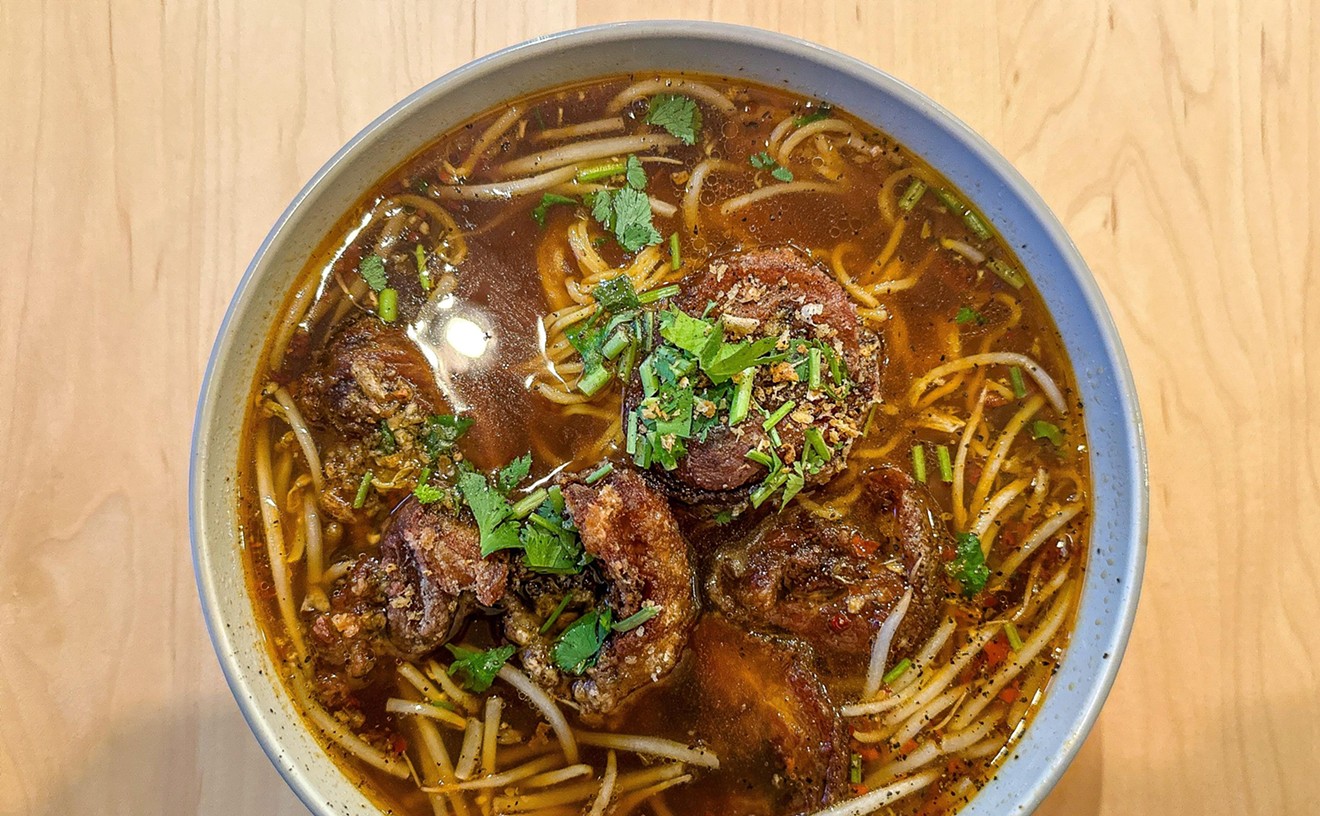I've all but given up on my anti-slider campaign. Not trying to stamp out small sandwiches, you understand, just use of a word referring to the kind of distress one never likes to associate with dinner.
Of course, I'm still dedicated to erasing smarmy things like the F-word ("foodie"). And I'll never quit my crusade against the Yankee-fication of old-fashioned southern cooking.
It's bad enough that catfish only became popular after dull farm-raised stock flooded the market (granted, the muddy flavor of wild catfish is an acquired taste--but at least it's distinct). But over and over--even in self-styled southern kitchens--I find restaurants serving versions of cornbread and hush puppies that carry a northern flavor. And to make matters worse, I read this passage over the weekend in an otherwise well-versed review:
"It also follows the time-honored Southern traditions of cooking fresh
vegetables to near mushdom and adding a pinch of sugar to things like
greens and the aforementioned cornbread."
Now, what makes
food writing particularly challenging is the simple fact that every
family has their own version of "traditional" recipes. Whether you're
traversing Tuscany, France or Alabama, the famed dishes will vary from
town to town, home to home.
Um, guess I shouldn't have used Alabama and famed dishes in the same sentence.
So
writers must generalize when space is limited. Besides, no one wants to
slog through a 300-page list of minor exceptions. In general,
therefore, the poor people of the south did not put sugar in
their cornbread. Sweet cornbread was--and is--more common to the
northern states, where they also tended to use yellow meal mixed with
flour for a fluffier presentation.
Most cornbread recipes were set to paper in an era when the south was
largely rural, lacking in conveniences (such as paved roads or
electricity) and subject to whims of nature. Refined sugar was hard to
come by across much of this stretch, unless you happened to have some
cash or live in a city. More likely, you'd find pots of blackstrap or
possibly honey in southern homes, with brown or white sugar reserved
for special dishes...or to cut the bitterness of fresh greens.
Not saying it didn't happen. You can ask around from household to
household (I did this once) and find a minority doctoring their
version. There's even a classic recipe for something called Yankee
cornbread that contains a little sugar. Corn selected at the right time
for milling carries a naturally sweet tinge, however--one that needs
little help in this regard. Most often the rural poor seasoned this
staple with pork cracklings or bits of onion (the latter especially in
hush puppies).
Yet here's the other great thing about food writing: general tastes and
recipes change over time. The big mills that supply packaged mixes for
grocery shelves--and for the likes of Sysco--lean toward the northern
tradition. And our preferences have followed.
Oh, but pale cornbread hot from the skillet, crispy underneath from sizzling lard...










